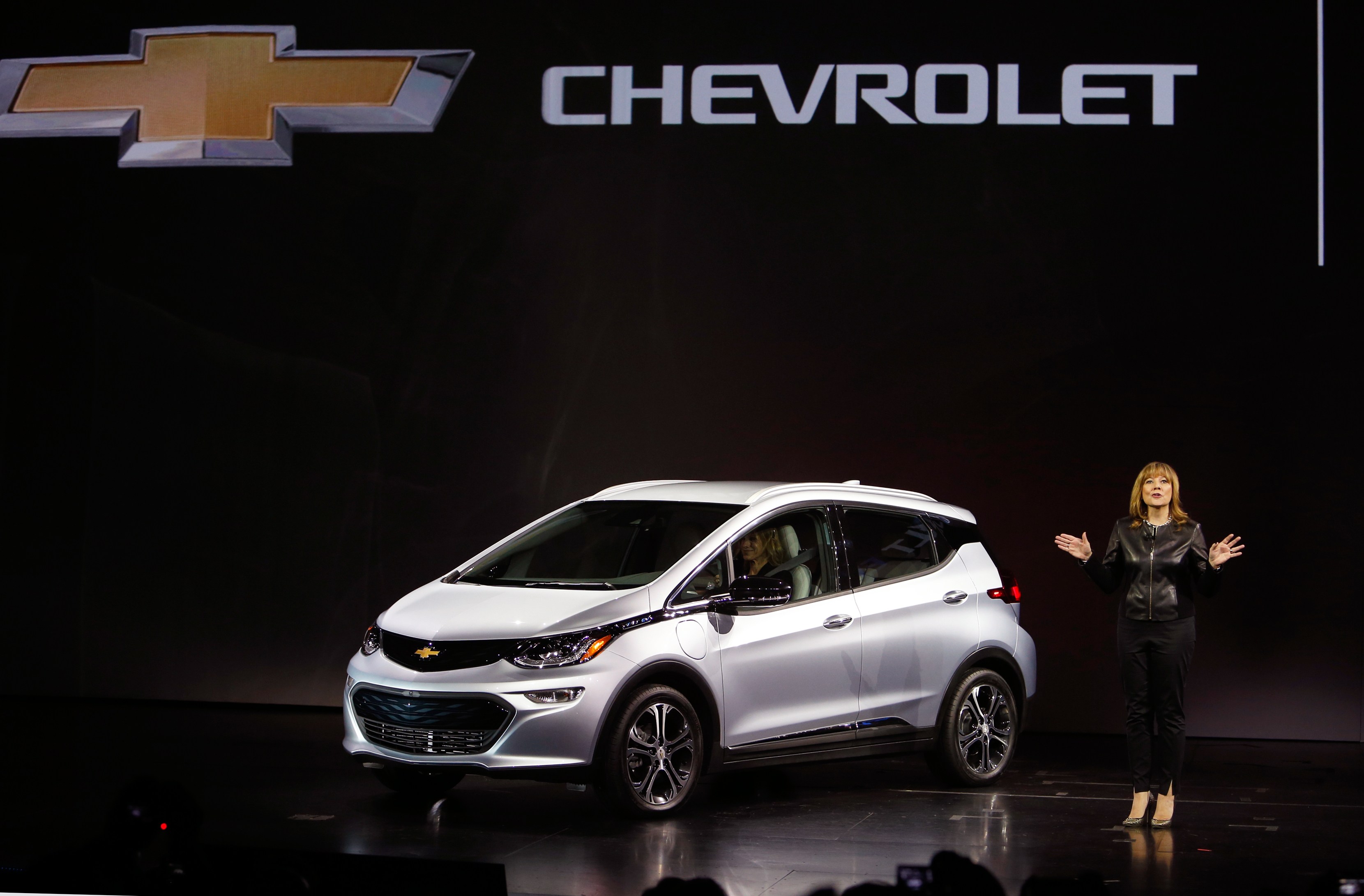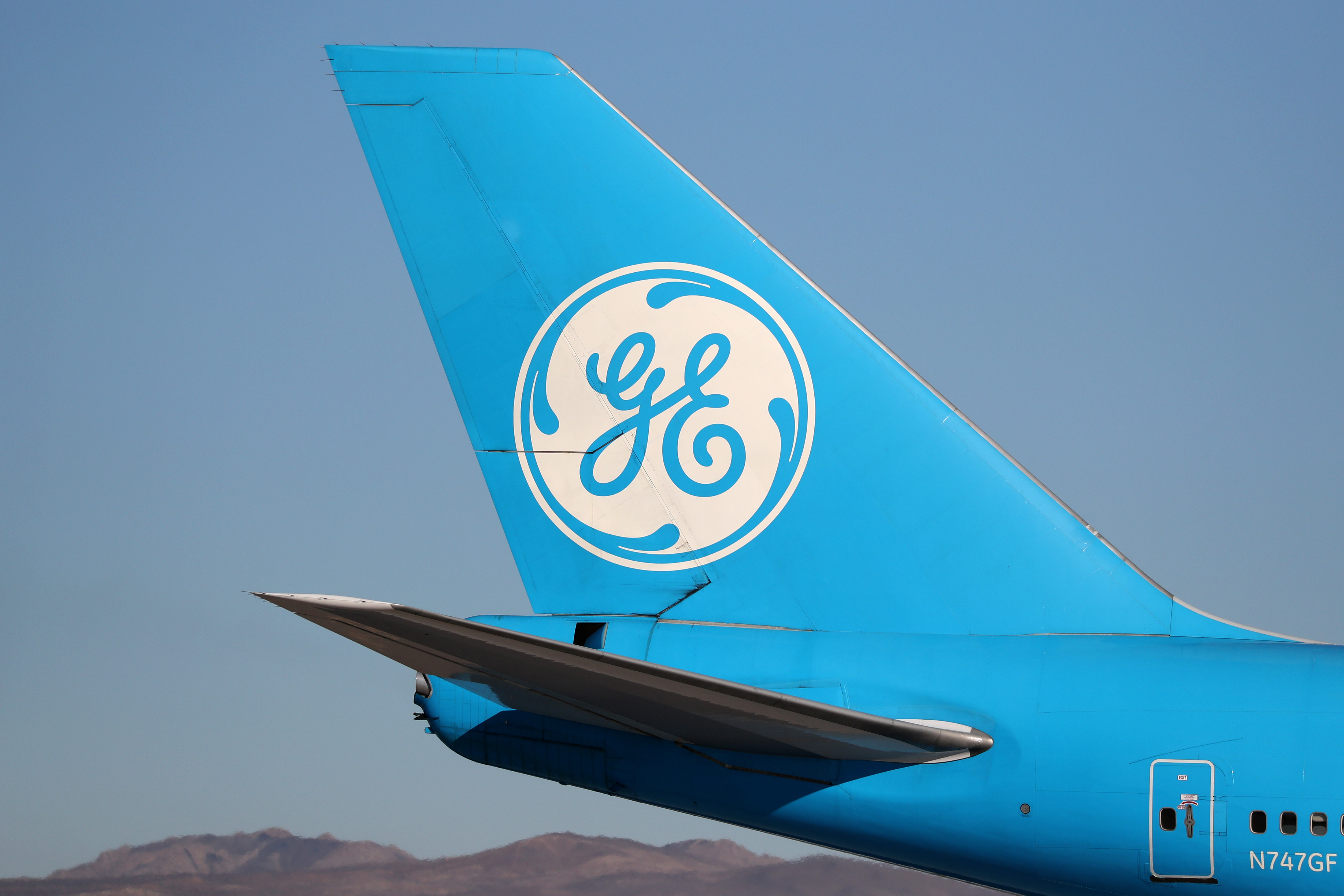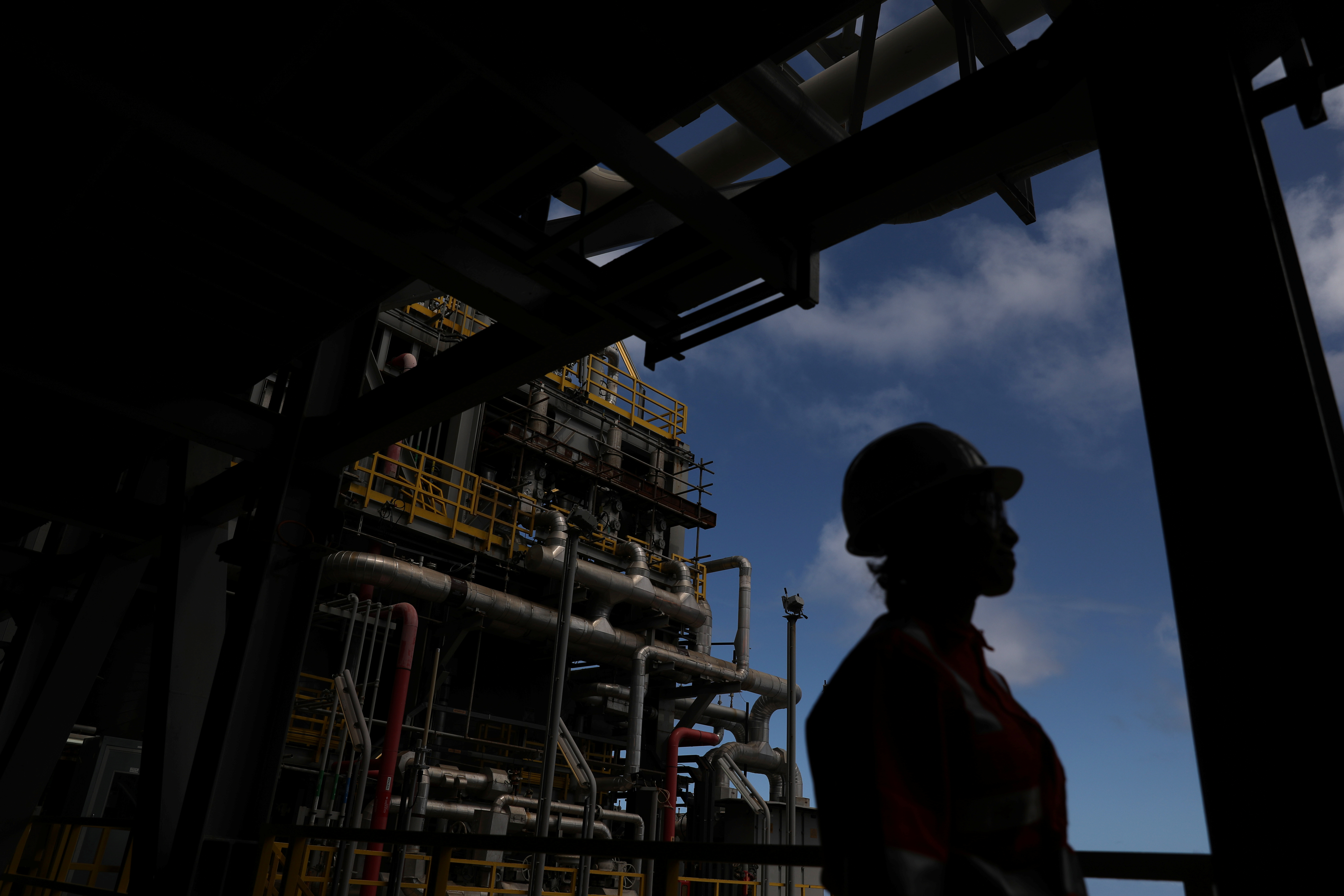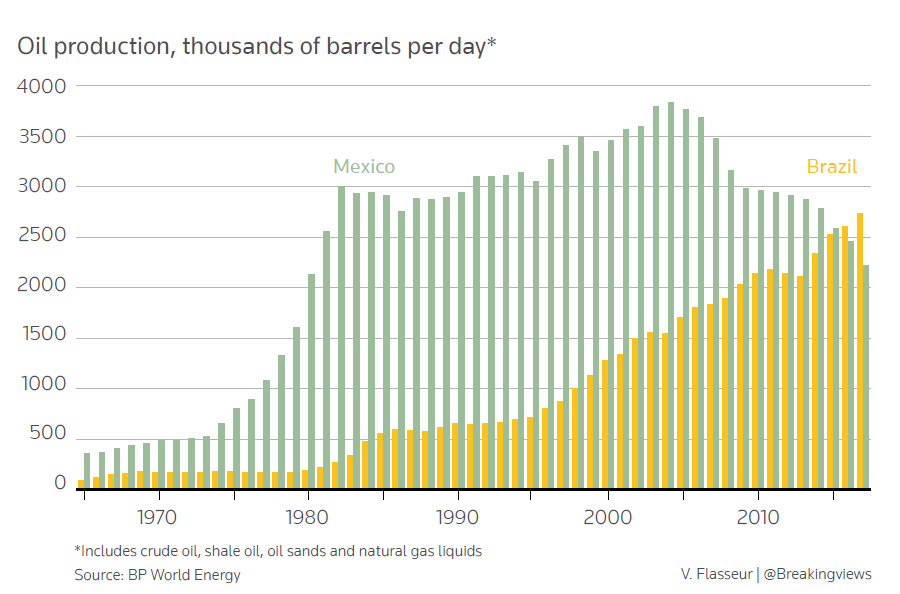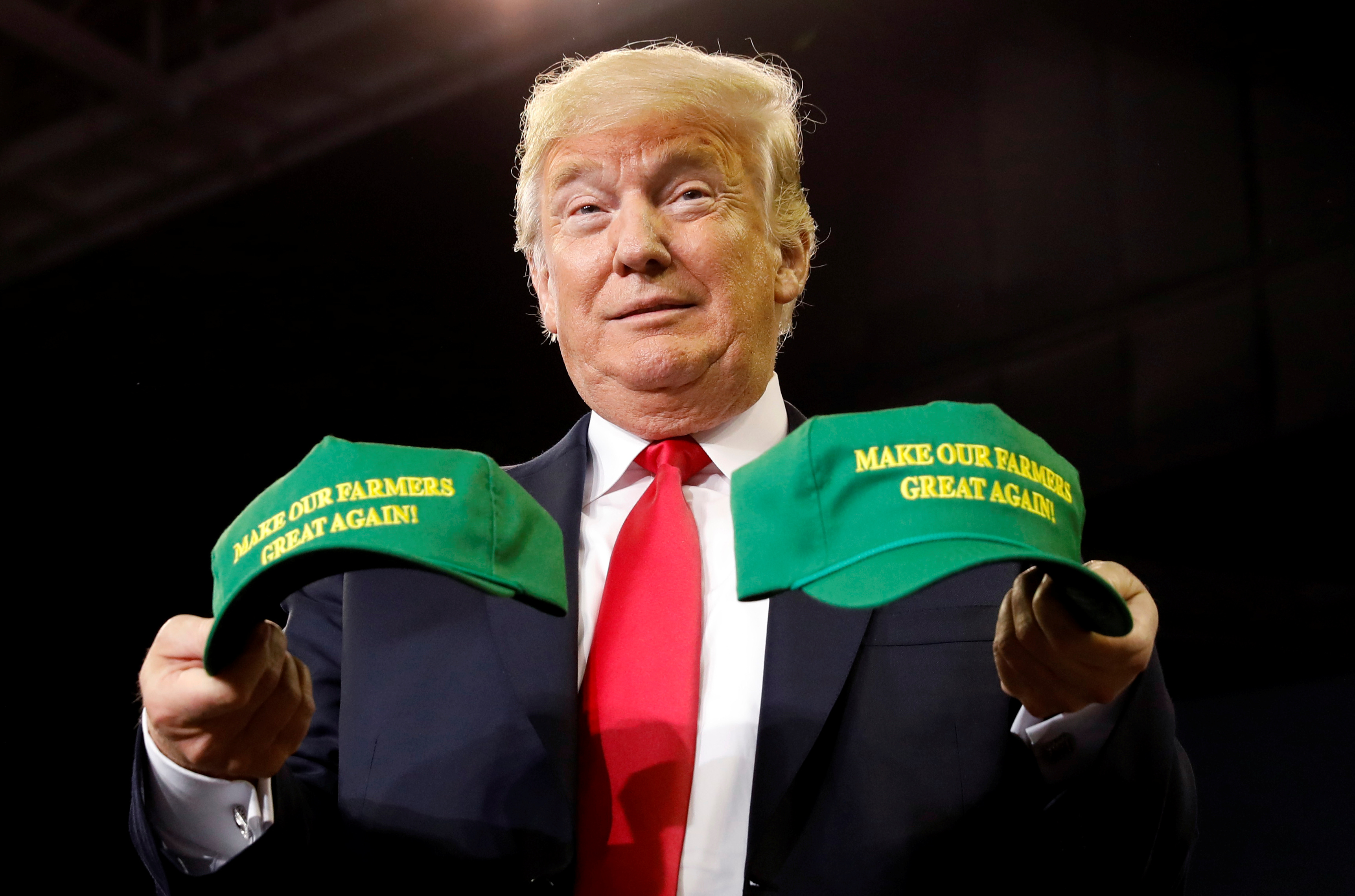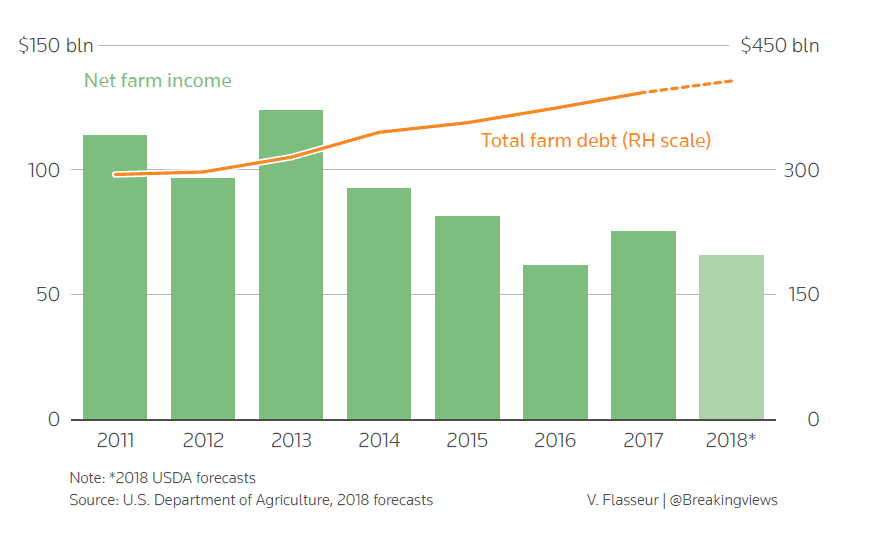By JOHN FOLEY
David Solomon is like the owner of a Ferrari who hasn’t been given the keys. The new Goldman Sachs boss starts 2019 with one of Wall Street’s most prestigious jobs, and something to prove. This could be the first year in over a decade that the $63 billion bank starts with a smaller market capitalization than its chief rival, Morgan Stanley.
Goldman set out in 2017 to create $5 billion of new revenue streams, and Solomon starts with half that figure already in the bag. But there’s a lot to play for. Morgan Stanley boss James Gorman runs a bank with earnings that are lower but less subject to the vicissitudes of the market. Goldman makes around 57 percent of its revenue from predictable businesses other than trading and investment. At Morgan Stanley it’s nearly two-thirds.
Solomon is growing Goldman’s private wealth business, which services the ultra-rich, adding almost one-third more advisers by 2020. He could go further by addressing one of Goldman’s least lustrous businesses: asset management. That generates stable, predictable fee income. But its operating margin of just over 20 percent is half what the group’s investment bank makes, and below the 33 percent industry average, as measured by McKinsey.
The bar for doing a big deal is extremely high, Solomon has said. But buying a rival like the $22 billion T. Rowe Price, which has double Goldman’s profitability in asset management, would help. It would take Goldman’s client assets to $2.6 trillion and boost stable revenue sources to over 60 percent of the total.
There’s one big, shadowy problem: 1MDB. Goldman is being investigated by the Department of Justice and the Federal Reserve for its role raising funds for the Malaysian fund in 2012 and 2013, some of which ended up paid out as bribes. Two former Goldmanites have been indicted; others knew about the misdeeds, the DOJ says. A 10-digit fine is likely, but a time-suck for Solomon is certain.
Expect Goldman to settle as early as it can. But Solomon will probably have to oversee a sweeping internal cleanup, and — even though not implicated in 1MDB himself — could be called to Washington to answer publicly to a newly Democrat-run House of Representatives. All when he’d rather be growing his way to greatness, and showing Morgan Stanley a clean pair of heels.
First published Dec. 18, 2018.


